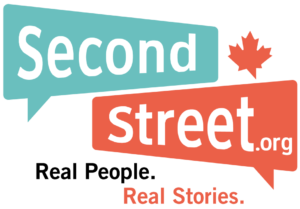Column
Report

NEW POLL: Supreme Court Said Carbon Tax Legal – But Canadians Still Don’t Want It
- 52% opposed to raising the carbon tax every year for 9 years vs 32% who support
- 68% opposed to paying $20 in carbon taxes to fill-up a typical car with gasoline
Public policy think tank SecondStreet.org released public opinion research today that shows significant opposition to the federal government’s proposal to raise the carbon tax every year for the next nine years. The poll was conducted by Leger between March 17-24.
“The data suggests Canadians don’t agree with the idea of raising the carbon tax every year for nine years,” said SecondStreet.org President Colin Craig. “Opposition grows when people understand the carbon tax will mean an extra $20 to fill up their car with gas or hundreds more each year to heat their homes.”
Highlights from the poll, include:
- 52% of Canadians do not support the government’s plan to raise the carbon tax every year for the next nine years while 32% support the plan (16% undecided).
- 49% of Canadians believe their household will pay more because of the tax, 14% believe they will pay less, 37% don’t know.
- Almost half (49%) of all Canadians believe raising the carbon tax will hurt struggling businesses versus 36% who feel businesses can handle the increase.
- When asked about the tangible impact of the carbon tax – paying an extra $20 to fill up a typical vehicle up with gas – 68% of Canadians indicated they don’t support the carbon tax plan vs 24% who support the change. Roughly the same percentage of Canadians oppose the tax increase when asked about paying an extra $700 in home heating costs.
“Canadians are concerned about what impact the carbon tax increases will have on businesses,” added Craig. “Our economy is quite fragile right now. Research suggests that raising the tax will hurt businesses and cost our country thousands of jobs. The data suggests Canadians are interested in alternative ideas to reduce emissions that aren’t so punitive.”
To view the polling results – click here
You can help us continue to research and tell stories about this issue by making a donation or sharing this content with your friends. Be sure to sign up for our updates too!


